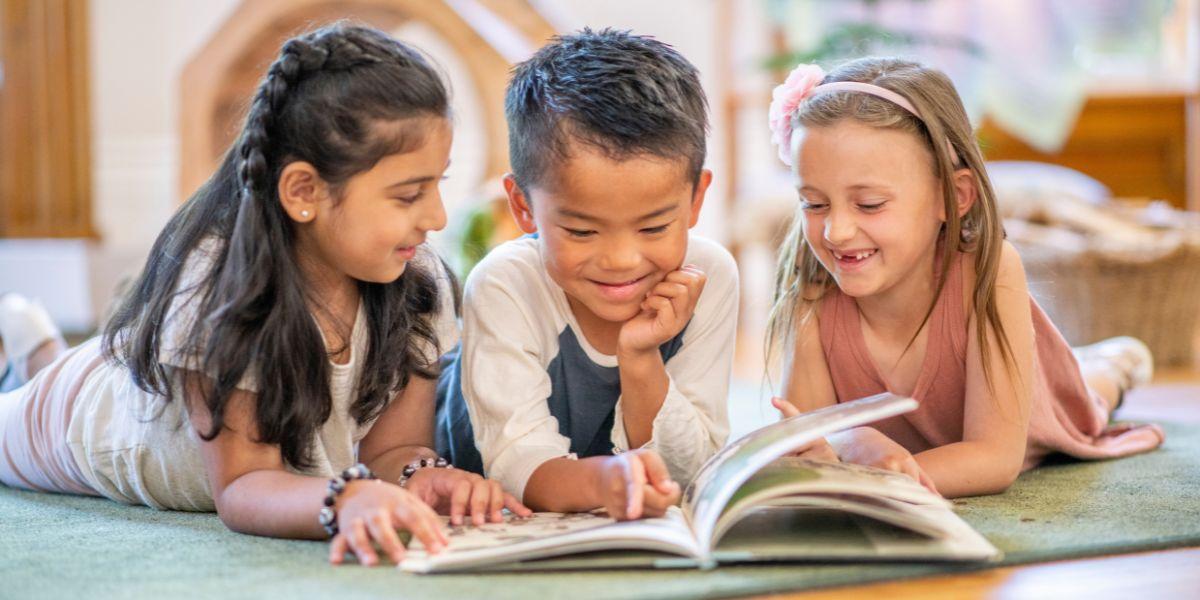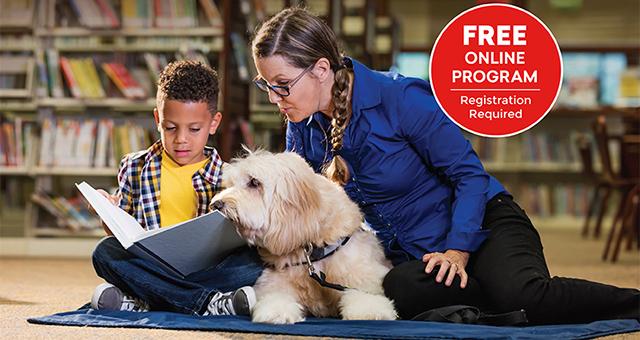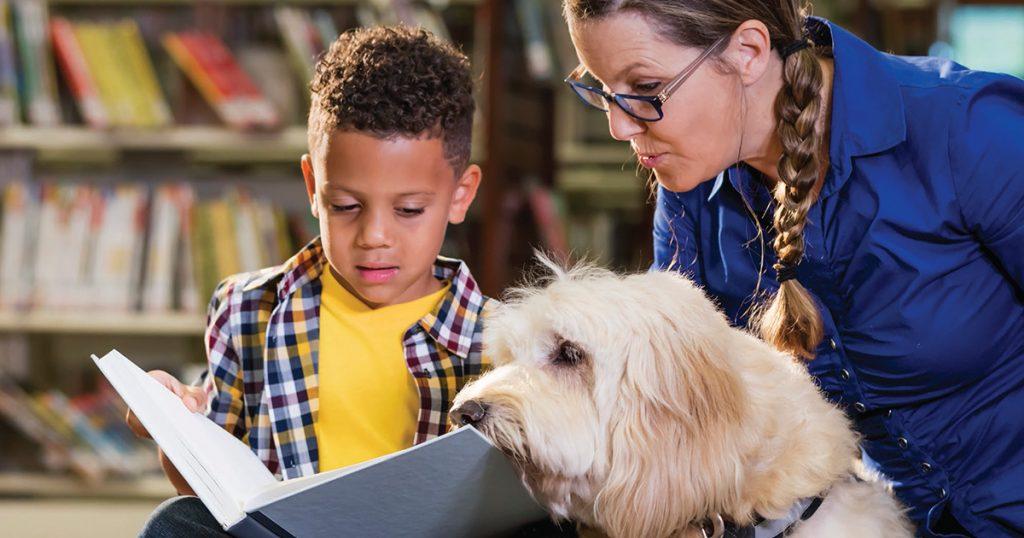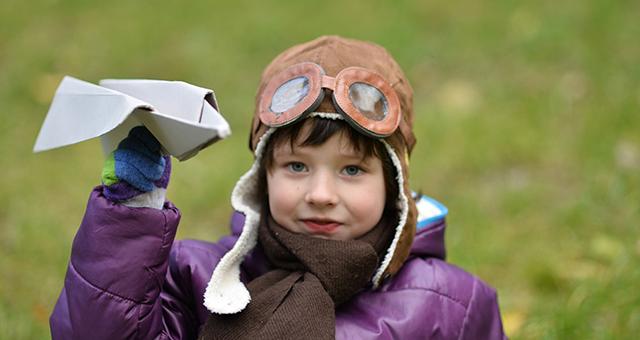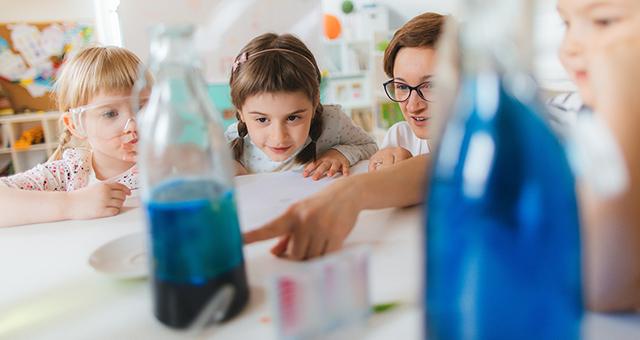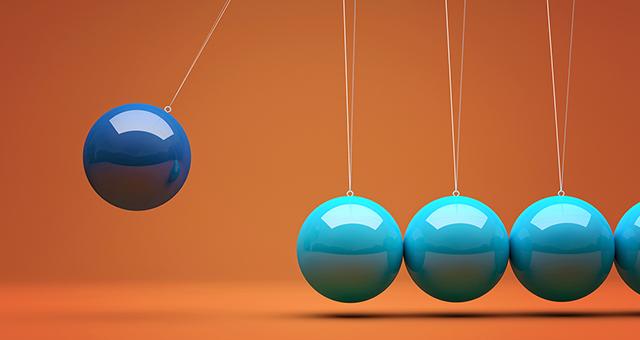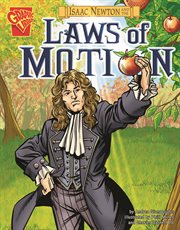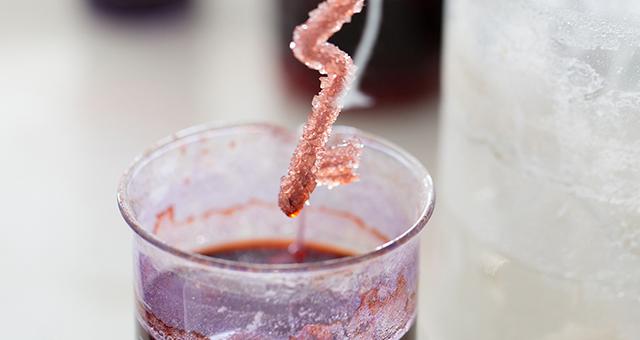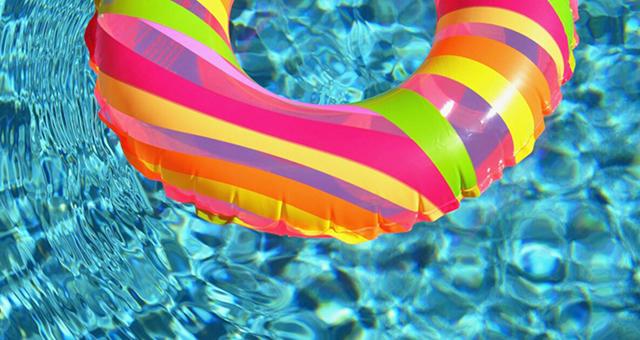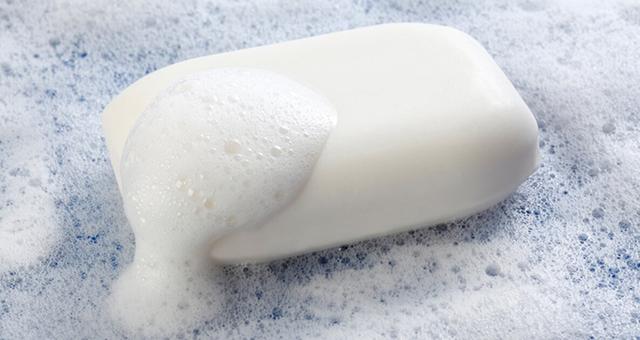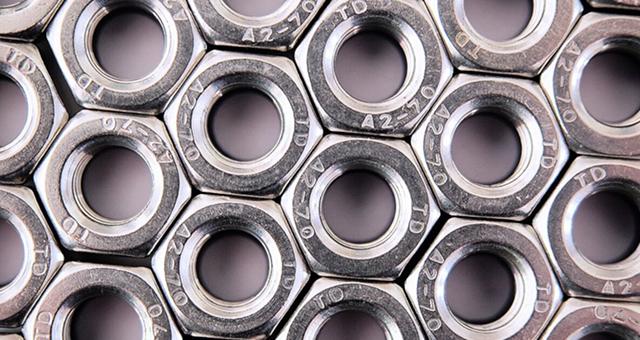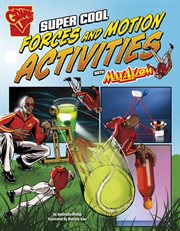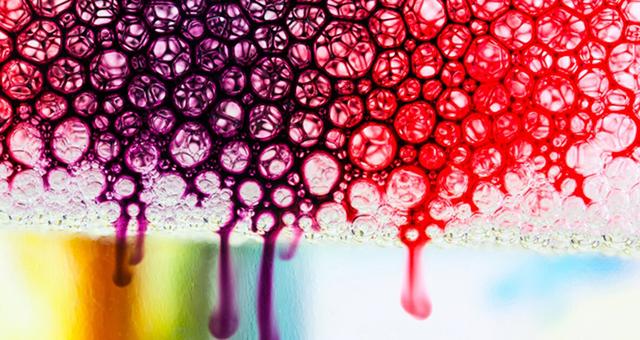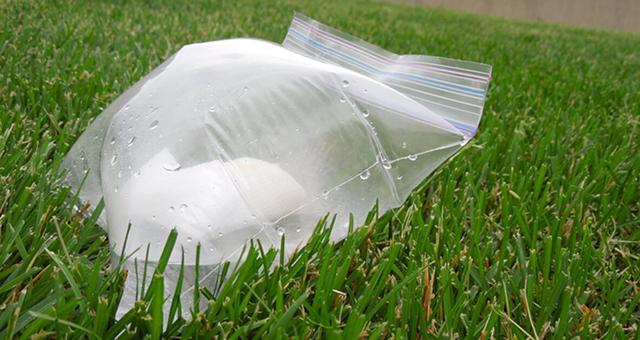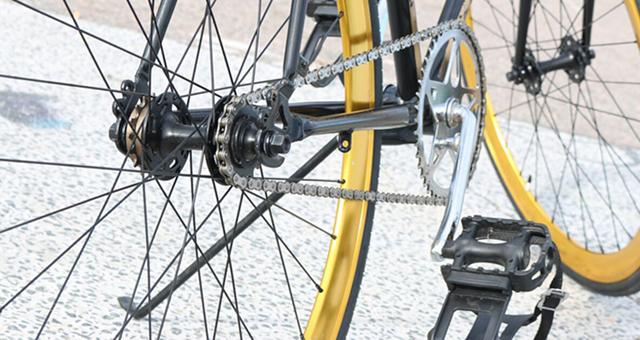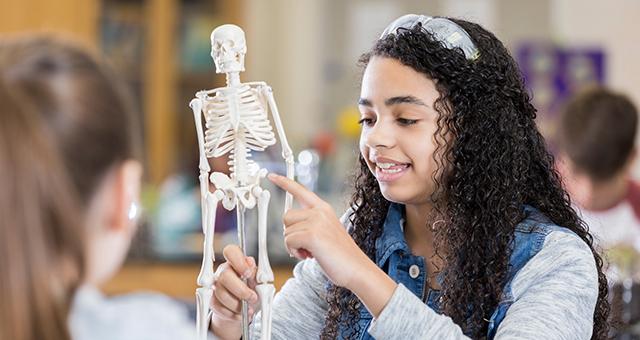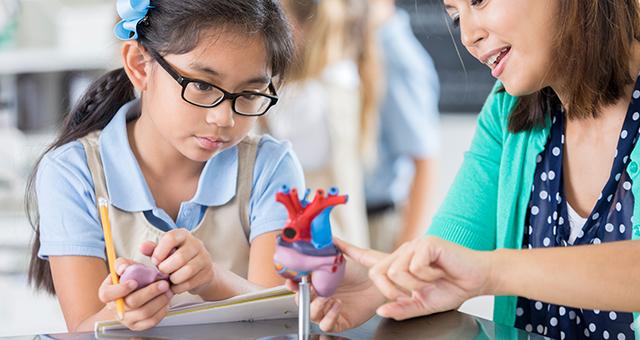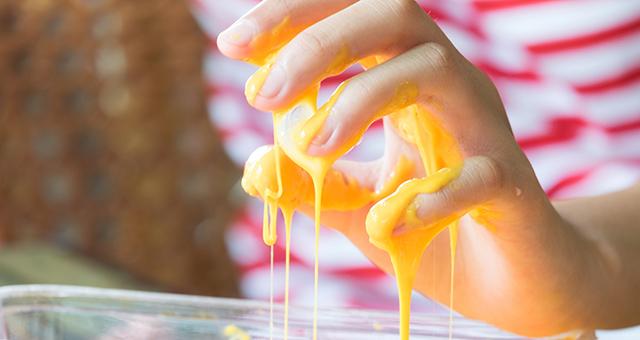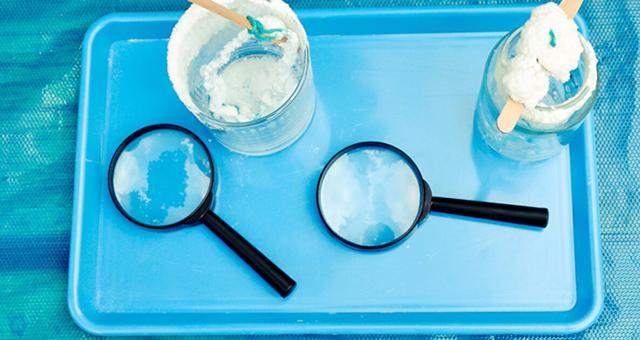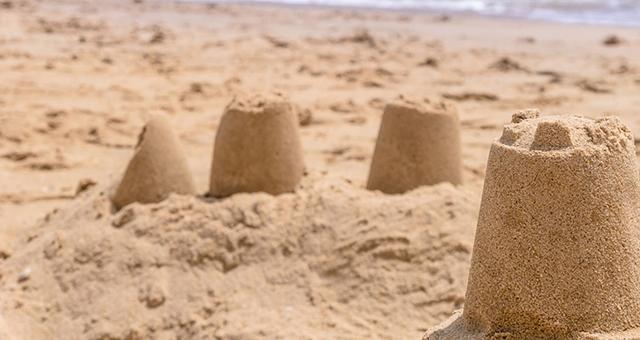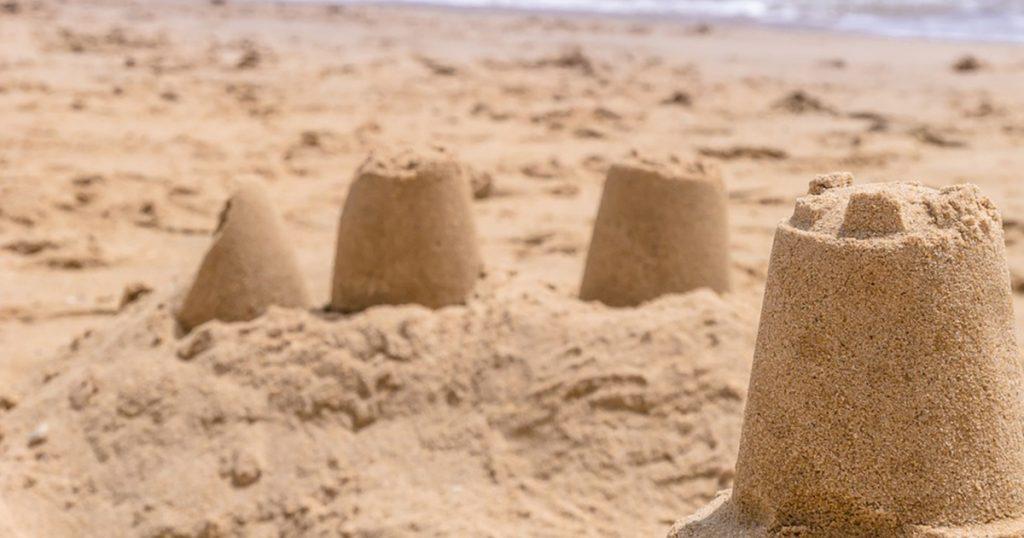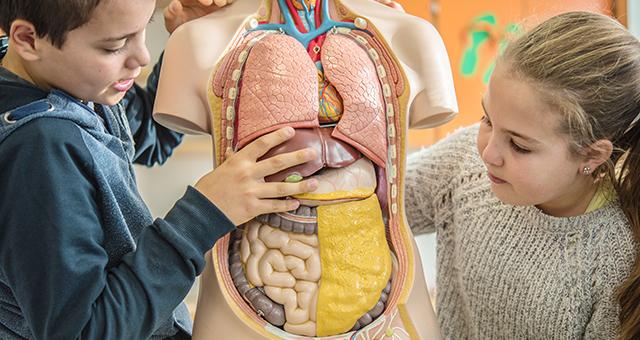Are you looking for reading recommendations for kids? We can help! Visit us in person or online to get ideas for great reads for kids. For one-on-one help call or ask a Library staff member at any of our locations. You can also call, text, or email ask-a- librarian!
This collection of book lists created by our staff can assist students with homework, help them find more books by their favorite authors, and aid parents in finding books for the youngest readers, among other things! We add new lists each month so returning readers can continue to find their next read! Find more reading recommendations for kids in our blog or enjoy storytime online.
You can also get reading recommendations online from NoveList K-8 Plus or Book Connections. Read book reviews, see “read alike” lists, browse starred reviews, and more.
The Wild Robot
The Wild Robot has been adapted into an animated feature film that is premiering in theatres this fall. Shipwrecked on a deserted island, a robot named Roz must learn to adapt to its new surroundings. Building relationships with the native animals, Roz soon develops a parental bond with an orphaned gosling. It stars Lupita Nyong’o as Roz, the title character, alongside an ensemble voice cast including Pedro Pascal, Kit Connor, Bill Nighy, Stephanie Hsu, Mark Hamill, and Catherine O’Hara. If you have read or watched The Wild Robot…try one of these!
Spooky Graphic Novels for Kids
A small sampling of some spooky and fun graphic novels for kids just in time for Halloween.
Halloween Storytime Online
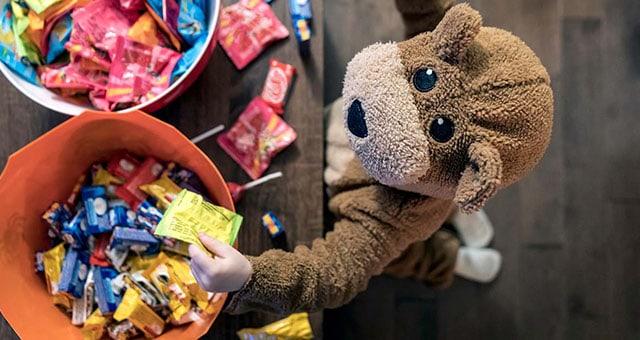
Here are some fun stories to help calm typical Halloween fears—complete with laughter! You can listen to a variety of these stories right now. For instance, in Zombies Don’t Eat Veggies, Mo is a zombie who loves gardening and growing his own vegetables. He enjoys cooking and eating them, but his parents insist he needs to eat “finger” foods instead—though they don’t mean snacks! They firmly say, “zombies don’t eat veggies!” However, Mo, being a zombie who eats veggies, tries to convince his parents to give them a try. Enjoy Halloween storytime online and explore more books at the Library that turn Halloween fear into Halloween fun!
Books to Turn Halloween Fear into Halloween Fun!
Many small children don’t find Halloween fun at all! The masks, the jumping out surprises and all the ghosts, vampires & scary looking pumpkins can be too many surprises for little trick-or-treaters. Below are several stories that can help kids turn their Halloween fears into Halloween fun.
Middle Grade Horror Short Stories
Experience a fall fright with these middle grade horror short story anthologies.
Diwali Storytime Online

In Binny’s Diwali by Thrity Umrigar, Binny’s class is learning about different holidays. It is Binny’s turn to share, and she is planning to talk about Diwali, a festival of lights Binny’s Hindu family celebrates. Binny talks about diyas and jalebis and pedas. Do you know what those are? Watch this video to listen to the story and learn about Diwali, just like the kids in Binny’s class. After watching the video you can learn more from Binny’s printable learning sheet, The Diwali Story. Enjoy more stories and activities at Diwali storytime online!
Friendship is Forever
What is friendship? Can you be friends with your brother, your dog, or even a monster? The books in each of these series listed below have the answers to those questions and more! All series are recommended for grades 1-3.
Camping and Hiking Picture Books
Autumn is one of my favorite seasons to go on hikes and to camp! Perhaps you like to camp and explore nature during this time of year too? I particularly love crunching leaves with my feet! Explore the great outdoors with these wonderful picture books about camping and hiking.
Bears Bears Bears Bears
This is my fourth list featuring the humble grumbly family Ursidae. Please enjoy some of my favorite books featuring bears!
Join Us for Storytime!
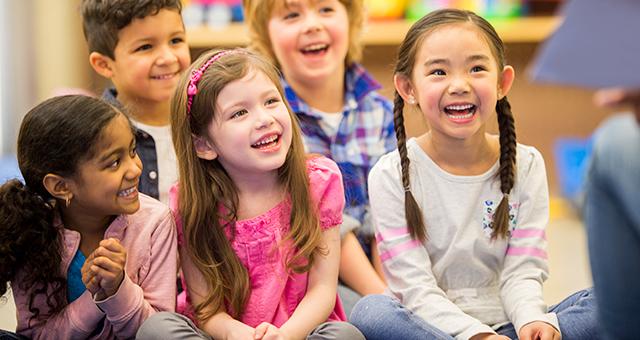
- Event: Storytime at Glendale – Babies
- Date & Time: Tuesday, October 22, 10:30am
- Location: Glendale Branch
- Description: Babies up to 24 months and an adult are invited for stories, songs, fingerplays, and fun! Each session is followed by playtime with special toys designed just for babies.
- No Registration Required.
- Event: Storytime at Michigan Road
- Date & Time: Tuesday, October 22, 10:30am
- Location: Michigan Road Branch
- Description: Preschoolers, toddlers, and their caregivers are invited for stories, fingerplays, crafts and activities.
- No Registration Required.
- Event: Fish Friends
- Date & Time: Tuesday, October 22, 10:30am
- Location: Southport Branch
- Description: Explore life as a fish with Clint Kowalik in this preschool program. Children will hear fish stories, learn fascinating facts about fish and their habitats, and even get the chance to catch a fish! Go Fishin’ with Clint!
- Register Here
- Event: Storytime at Franklin Road – Babies
- Date & Time: Tuesday, October 22, 10:30am
- Location: Franklin Road Branch
- Description: Babies from birth to 18 months are invited for stories, lab bounces, songs, and other early literacy activities!
- No Registration Required.
